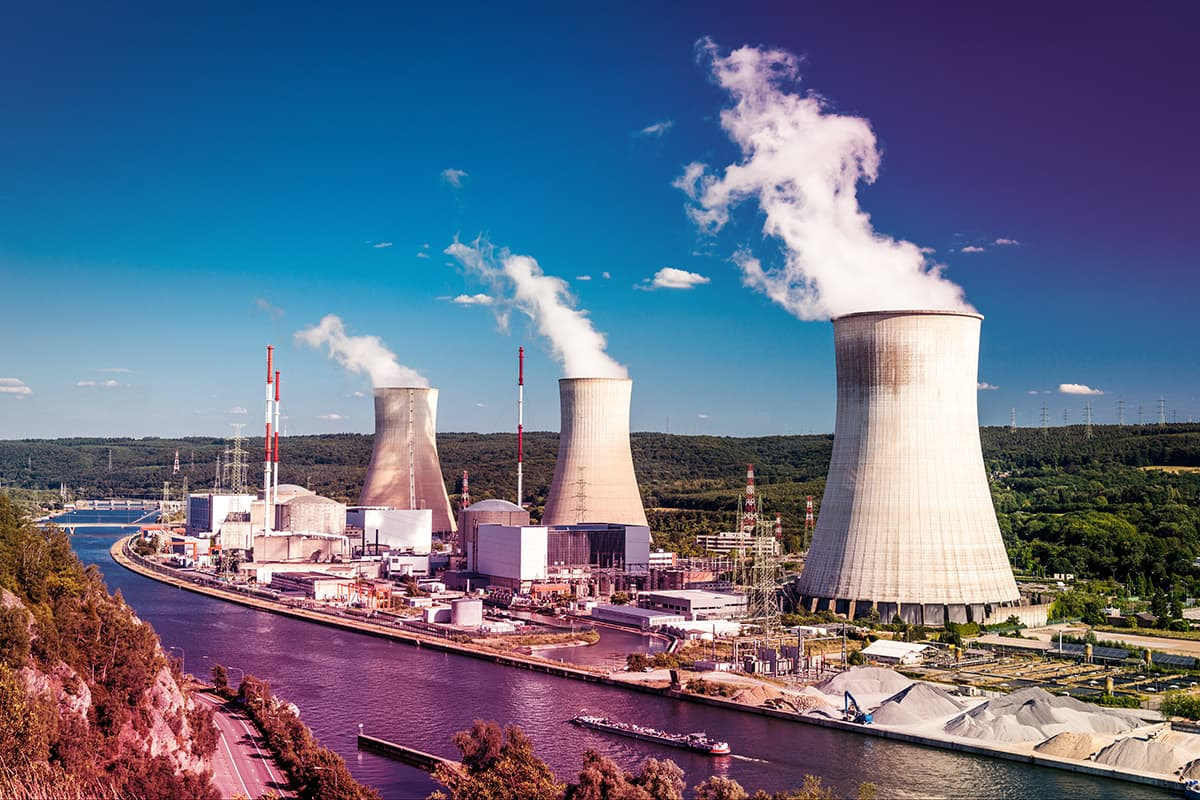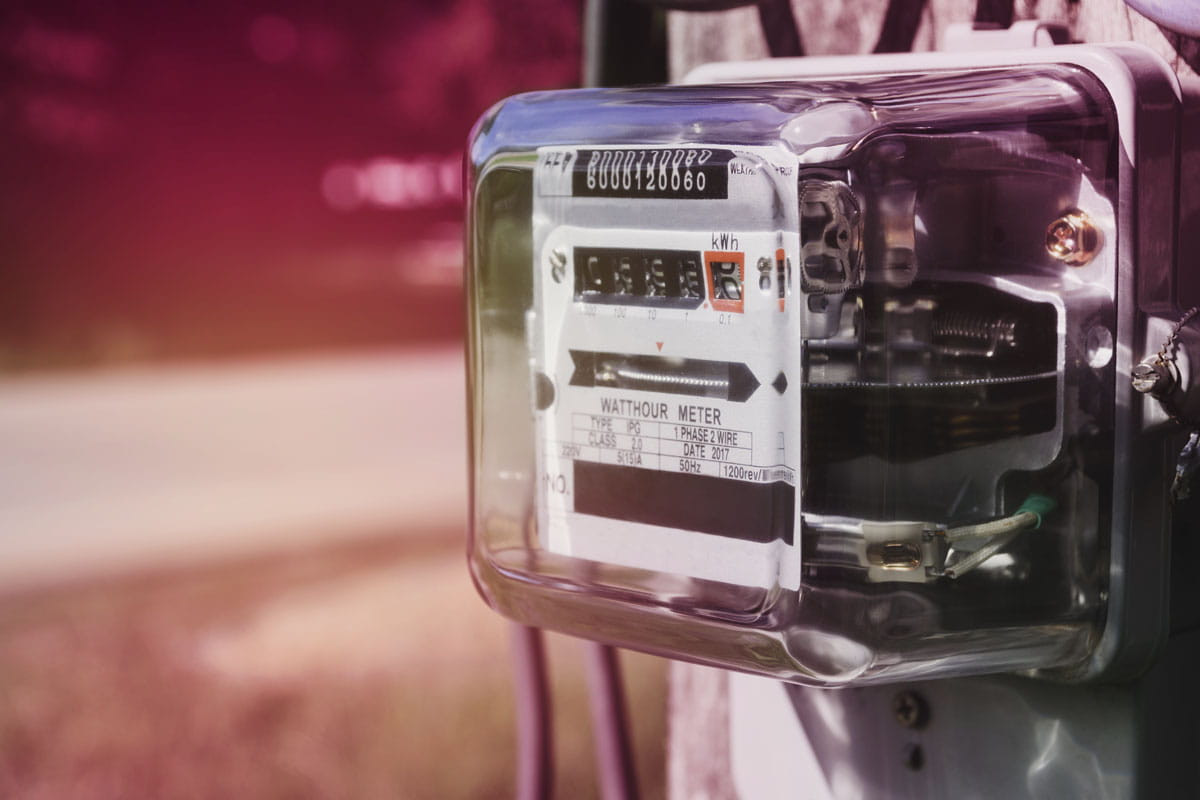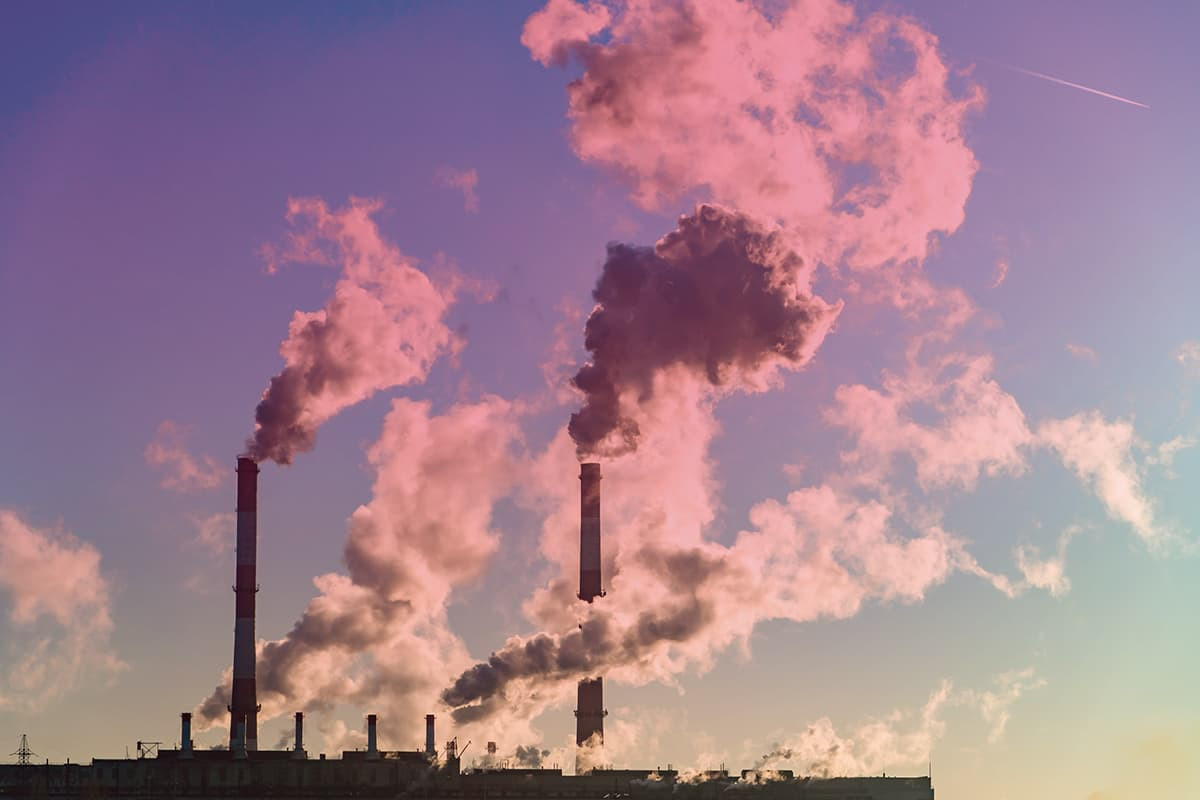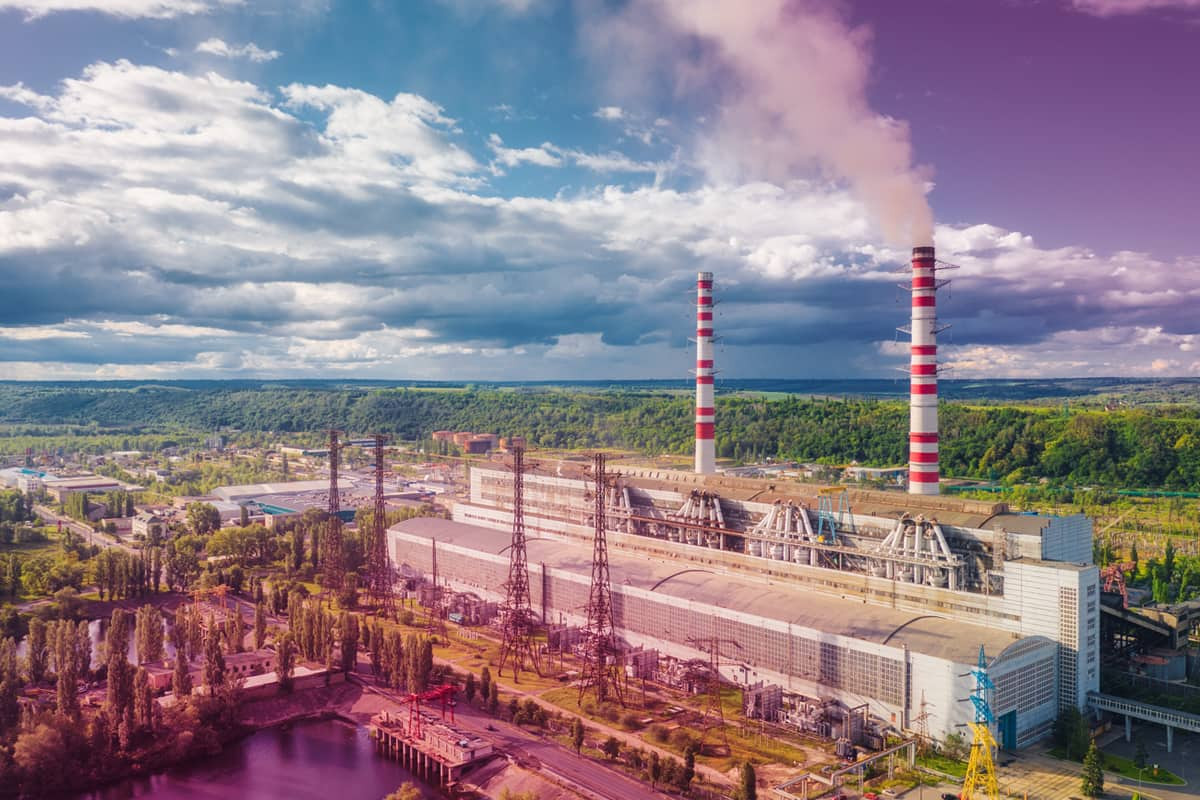
What is in this article?
Natural gas, a fossil fuel like coal, is formed from plants, animals and microorganisms that lived millions of years ago. Natural gas, one of the most widely used non-renewable energy sources, has a large share in power generation in the world.
It is widely used for heating and cooking. It is also preferred for heating, cooling or cooking in commercial spaces such as cafes, workplaces and shopping malls.
It is also used in many different processes, such as processing waste or food, and refining materials such as metal, stone, oil, and clay. One of the most common and important uses of natural gas is electricity generation.
In this article, you will learn how to generate electricity with natural gas and where this energy source can be found in Turkey.
How to Generate Electricity with Natural Gas
 There are several ways to use natural gas to generate electricity. The best known method is gas turbines. Other commonly used methods are steam turbines and gas piston turbines.
There are several ways to use natural gas to generate electricity. The best known method is gas turbines. Other commonly used methods are steam turbines and gas piston turbines.
-
Central Gas Turbines
To generate electrical power in a central gas turbine, a so-called starter motor first sets the gas turbine spinning. In this way, the gas turbine rotates at an increasing speed.
The starter motor turns the turbine until it reaches a speed at which it can accelerate itself. When this speed is reached, the starter motor is switched off.
While the gas turbine continues to rotate, natural gas is burned. As a result, the gas mixes with the air and hits the turbine blades with the resulting thrust and pressure.
This ensures that the turbine continues to rotate. The mechanical energy generated by the rotational motion is converted into electrical energy by the alternator connected to the system.
-
Steam Generation Systems
With steam generation systems, electrical energy is derived from thermal energy. With this system, fuel and air are burned together in steam boilers. At this point, high-pressure steam escapes from the water in the boiler due to the high temperature.
This steam is sent to the steam turbine and provides mechanical energy. The alternator integrated into the steam turbine converts mechanical energy into electrical energy.
-
Combined Cycle Power Plants
There are various components that come into play for generating electricity using combined cycle power plants. These are a combustion chamber, a compressor that supplies compressed air to the combustion chamber, a gas turbine driven by the high-temperature, high-pressure gas released in the combustion chamber, the exhaust gases from the gas turbine, a steam and waste-heat boiler that produces steam, and steam turbines to generate electricity.
In these plants, the exhaust gases from the turbine are passed through the waste heat boiler, which has a heat exchanger structure to produce pressurized steam.
The resulting steam is fed into the steam turbine to generate electricity. With this system, called a combined cycle, which combines two different cycles, power generation is ensured in a highly efficient manner.
-
Distributed Generation
There is actually no clear definition for what is known as distributed generation. In general, distributed generation refers to small but strong power generation units.
Generation sources that run being connected to the distribution grid or independently near consumer centers are referred to as distributed generation.
In this system, energy losses that may occur during transmission can be avoided since electricity is generated close to the consumers. It provides cheap, efficient, and safe electricity.
-
Industrial Natural Gas-Fired Turbines
The operating system of industrial natural gas turbines and centralized gas turbines is similar. The difference with industrial natural gas-fired turbines is that the production facility is located in close proximity to where the electricity is to be consumed.
With these systems, a turbine that generates power to produce electricity is converted with high temperature, high pressure gas. Industrial natural gas turbines are most commonly used in facilities such as commercial buildings, hospitals, factories, and universities.

-
Micro Turbines
Micro gas turbines are high energy density systems. The difference from large gas turbines is the amount of gas required during the thermodynamic cycle. The values for speed, temperature and pressure do not change during downsizing.
Another advantage of micro turbines is their compact and portable design, but these systems have the disadvantage of requiring a high operating temperature compared to others.
-
Gas Piston Engines
Gas piston engines are also known as internal combustion engines. These systems are used for on-site power generation.
The engine rotates the pistons using the pressure and heat energy generated by the combustion of natural gas to harness the chemical energy of the natural gas. Gas piston engines are used for small residential power generators or for main load generators in industrial facilities.
-
Fuel Cells
Fuel cells are characterized by their high efficiency and cleanliness. The working system of this technology does not produce waste materials whereby electrical energy is obtained by the reaction of hydrogen and oxygen. In other words, the energy of the fuel is converted directly into electrical energy through an electrochemical reaction.
As long as the fuel cells are supplied with natural gas, it is possible to generate electricity in these systems. The size and capacity of fuel cells can be customized. Due to the advantages of this new technology, it is becoming more and more preferred with electricity generation day by day.
Natural Gas Electricity Production Cost
 When calculating the cost of power plants, the unit cost of energy production is considered.
When calculating the cost of power plants, the unit cost of energy production is considered.
Unit power production cost is all the expenses incurred during the installation and operation period of the power plant, including initial investment and operation and maintenance costs.
In other words, it is the cost required to generate one unit of energy at the power plant. The largest of these costs is usually the initial investment.
Initial investment costs include buildings, land, equipment, and construction costs incurred when the plant is built.
Operation and maintenance costs are all expenses incurred after installation to generate power. These costs include the cost of personnel required to operate the power plant, maintenance, equipment failure costs, materials, and fuels.
The initial investment cost for natural gas-fired power plants is about $917/kW, while the annual operating cost is about $13.17/MWh.
Comparison of Natural Gas and Other Non-Renewable Energy Sources
Although the advantages and disadvantages of non-renewable energy sources are generally similar, there are also points where they differ. Compared to coal, electricity generation from natural gas results in lower carbon dioxide emissions.
The amount of carbon dioxide released when electricity is generated from fossil fuels depends on the amount of carbon contained in those fuels. Since coal contains more carbon than natural gas, it emits more carbon dioxide.
Another difference between coal and natural gas is efficiency. Natural gas is more advantageous than coal because it is a source that allows complete combustion. Natural gas-fueled systems can generate a higher amount of electricity with less energy.
Unlike natural gas, no air-polluting gas is emitted from nuclear power plants, therefore nuclear energy causes less air pollution than natural gas.
If we compare the energy from biomass with that from natural gas, we find that the energy production with biomass is more expensive than the energy production from natural gas.
This is because fossil fuels are also used to ensure the efficiency of biomass processing plants. The advantage of biomass over natural gas is that biomass is not a completely non-renewable energy source because biomass energy depends on agriculture as it is derived from the energy of plants.
If agriculture continues, biomass energy can continue. From this point of view, biomass is a clean and safe way to produce energy compared to natural gas.
Advantages of Electricity Generation with Natural Gas
The advantages of generating electricity with natural gas are as follows:
- Comparing fossil fuel-fired power plants for electricity generation, the cost of natural gas-fired power plants is lower in terms of investment and maintenance. However, these power plants are also more efficient.
- When power plants that use natural gas as fuel capture the intermediate steam that is discharged from the boilers or turbines during electricity generation, additional electrical energy is also generated that can be used on site.
- The investment made for natural gas power plants pays for itself shortly after the plant is put into operation. This is because the plant can operate without interruption and has a high production capacity.
- The land required for the power plant is small. Therefore, natural gas power plants can be built in the immediate vicinity of cities.
- Natural gas power plants cause less environmental damage than other fossil fuel power plants. Thanks to high efficiency and complete combustion, unburned gases such as carbon monoxide are released into the environment only in very small quantities.
Disadvantages of Electricity Generation with Natural Gas
Electricity generation with natural gas has some disadvantages:
- Natural gas can be transported in the form of gas. Therefore, the cost of transportation is low, but there is a risk of explosion if the temperature and pressure required for transportation are not well calculated. In addition, the colorless and odorless nature of natural gas makes it difficult to detect a leak.
- Nitrogen gases from the smokestacks of natural gas power plants are converted to nitrogen dioxide. These oxides remain suspended in the air for a week, as they do at coal-fired power plants. When they then settle to the earth as acid and nitrate, they cause pollution. This pollution can cause very serious diseases such as lung cancer and emphysema.
- If the necessary precautions are not taken, sulfur dioxide will be emitted from natural gas power plants in addition to nitrogen gases. Sulfur dioxide, like nitrogen dioxide, remains suspended in the air for a period of time. In the meantime, it can travel up to 1000 kilometers. The resulting pollution can therefore reach international dimensions. In addition, the combination of sulfur dioxide with water in the air leads to the formation of sulfuric acid. This falls to earth in the form of acid rain.
- Carbon monoxide can be released into the air when natural gas is burned. Carbon monoxide makes it difficult for living things to breathe, reduces the oxygen content of the blood by mixing directly into it, and therefore causes serious health problems.
- When natural gas is burned, carbon monoxide enters the air and combines with oxygen in the atmosphere to form carbon dioxide. The increase in carbon dioxide creates a greenhouse effect and this also causes a decrease in the amount of oxygen in the air.
- In addition to the harm of natural gas to nature, the fuel costs of natural gas power plants are higher than other power plants.
Share of Natural Gas in Electricity Generation in Turkey
 Turkey is not a country rich in natural gas reserves. Despite this, natural gas consumption in our country increases every year. For this reason, natural gas is imported and used for various purposes.
Turkey is not a country rich in natural gas reserves. Despite this, natural gas consumption in our country increases every year. For this reason, natural gas is imported and used for various purposes.
In 2019, although 483 million cubic meters of natural gas was produced in Turkey, there was a consumption of 45.3 billion cubic meters.
However, the remaining producible reserve is 3.36 billion cubic meters according to the data of the Ministry of Energy and Natural
Resources. In order to reduce foreign dependency, new fields of natural gas were discovered in our country with natural gas drilling (drilling is the drilling of holes in the earth to extract resources such as natural gas and oil in deeper layers) in 2018 and 2019. In this way, natural gas production started to increase.
In 2021, 33.2% of the electricity generation across the country was obtained from natural gas.
According to 2022 data from the Ministry of Energy and Natural Resources, there are 345 natural gas power plants in Turkey, accounting for 24.8% of the total installed capacity.
These power plants generate approximately 147,357 GWh of electricity per year.
The distribution of electricity generation by sources in 2021 was as follows:
- Natural gas: 33.2%
- Coal: 30.9%
- Hydroelectricity: 16.7%
- Wind 9.4%
- Solar: 4.2%
- Geothermal: 3.2%
- Other sources: 2.4%
In line with these values, natural gas is of great importance for electricity generation in Turkey.
Natural Gas Electricity Generation in the World
Coal ranks first among the most widely used sources for electricity generation in the world. Coal is followed by renewable energy and natural gas.
Coal has the largest share in total electricity generation with 40.6%. Renewable energy ranks second with 22.9% and natural gas third with 21.6%.
The use of natural gas in electricity generation by countries is as follows:
- Russia: 50.1%
- United States of America: 26,8%
- Germany: 9.9%
- Canada 9.3%
- India: 4.9%
- France: 2.3%
- China: 2%
Distribution Of Natural Gas Reserves in the World
Looking at the distribution of natural gas reserves in the world, there is not a very balanced distribution. Russia, Iran, Qatar, Turkmenistan and the USA are the richest countries in terms of natural gas reserves.
79.1 trillion cubic meters, or 40.9% of natural gas reserves, are in Middle Eastern countries. 32.1%, equivalent to 62.2 trillion cubic meters, is in European and Asian countries, while 17.1%, equivalent to 33.1 trillion cubic meters, is in African and Asia Pacific countries.
In 2019, the highest natural gas production was in the USA. Russia, Iran, Qatar, China and Canada followed the USA. At the end of 2019, the world's natural gas reserves amounted to 198.8 trillion cubic meters.Again in 2019, approximately 4 trillion cubic meters of natural gas was produced from these reserves.
|
BONUS: Distribution of NAtural Gas Consumption by Sector |
Feel free to share your questions and thoughts on natural gas power generation in the comments.

 Online Services
Online Services Application Inquiry
Application Inquiry Pay Assurance Fee
Pay Assurance Fee Query Installation Number
Query Installation Number Compensation Fee Inquiry
Compensation Fee Inquiry Automatic Payment Order Inquiry
Automatic Payment Order Inquiry Partnership
Partnership







Leave a Comment
Comments (1)
M
Mehmet
Teşekkürler